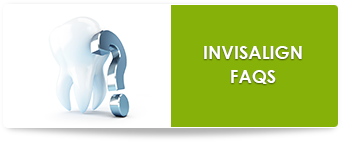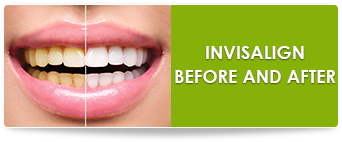Invisalign in Suwanee & Cumming, Georgia
For adults or teens looking for an alternative to metal or ceramic braces, Invisalign in Suwanee & Cumming, Georgia, is an excellent orthodontic treatment for misaligned teeth. Unlike traditional braces that are much more noticeable, Invisalign is made of a clear plastic that is practically invisible. If you are ready to have a healthy and beautiful smile without the use of traditional metal braces, Walton Orthodontics offers Invisalign, which may be the right option for you.
Discreet Orthodontic Treatment with Invisalign
Invisalign in Suwanee & Cumming, Georgia, is made of clear, removable aligners that gradually align teeth into the corrective position. The custom-made aligners are replaced every two weeks to continue altering the teeth into a straight and beautiful smile. The length of treatment depends on the severity of the patient’s misaligned teeth and can range from a few months to approximately a year of treatment. A huge benefit of Invisalign is that while your teeth are being aligned, you will still have a beautiful, white smile without the obviousness of metal braces.
Certain orthodontic problems may require metal or ceramic braces to straighten teeth, but many orthodontic issues can be effectively corrected with the clear aligners of Invisalign in Suwanee & Cumming, Georgia – especially for straightening teeth that are vertically misaligned. Our experienced and knowledgeable orthodontist, Dr. Matt Walton, will conduct an examination to determine whether Invisalign is the best option to create the straight, healthy smile you deserve.

How Invisalign Works: Step-by-Step Treatment Process
Getting started with Invisalign at Walton Orthodontics is a straightforward and personalized process. First, Dr. Matt Walton will conduct a comprehensive evaluation to determine if Invisalign is the right treatment for you. Using advanced digital imaging, we will create a custom treatment plan that maps out how your teeth will shift over time. Your first set of aligners will be custom-fitted to your teeth, and every two weeks, you will switch to a new set to continue the gradual movement of your teeth into their ideal position.
Advantages of Invisalign Over Traditional Braces
One of the biggest advantages of Invisalign is the ability to straighten your teeth discreetly, without the metal brackets and wires of traditional braces. The aligners are completely removable, allowing you to eat your favorite foods without restrictions. You can also brush and floss with ease, reducing the risk of plaque buildup and cavities that can sometimes occur with traditional braces. Additionally, Invisalign aligners are made from a smooth plastic material, minimizing irritation to the gums and cheeks.
Maintaining Your Invisalign Aligners
To keep your Invisalign aligners clear and effective, it’s essential to clean them regularly. Rinse them with lukewarm water after meals and use a soft-bristled toothbrush to gently remove any buildup. Avoid drinking dark or sugary beverages while wearing your aligners to prevent staining.
Who is a Good Candidate for Invisalign?
Invisalign is an excellent solution for patients with mild to moderate orthodontic concerns, including overcrowding, gaps, and minor bite misalignments. For more complex cases, Dr. Walton may recommend traditional braces for optimal results.

Ready to Learn More About Invisalign in Suwanee & Cumming, Georgia?
If you are interested in using more discreet methods to improve the condition of your smile, contact our office today to schedule a free consultation with our experienced orthodontist, Dr. Matt Walton. We offer same-day starts of our Invisalign treatments. Invisalign’s patented system can help you obtain the confident, beautiful smile you have always wanted, without anyone noticing that you are actually straightening your teeth!
Actual patients treated only with Invisalign in Suwanee & Cumming, Georgia:



Free Smile Analysis
Your free smile analysis is a $249 value and includes a comprehensive exam, digital X-rays, and personalized consultation.
.png)











